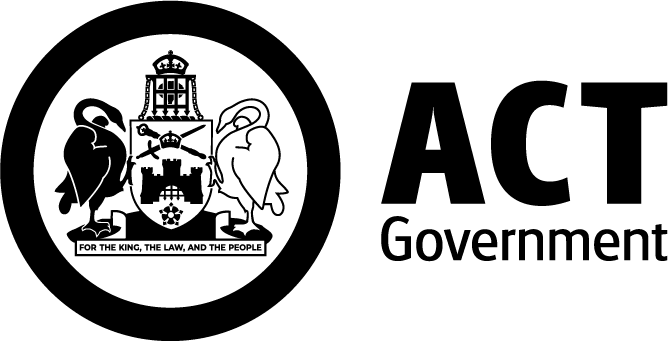Becoming a foster carer
Check if you can be a foster carer, the types of care you can give and how to apply.
Find out how you can give a safe home to children who cannot live with their birth family. Learn about the different types of foster care.
About foster care
Foster carers provide a safe and caring home to children and young people who cannot live at home or with their own family. They support children and young people’s emotional, social, educational, cultural and health needs.
Types of foster care
There are many types of foster care. You can choose what type of care you are able to give.
How long a child stays with you depends on:
- their situation
- their birth parents’ ability to care for them
- court orders.
It can be for a short time or a longer time.
Emergency or crisis care
You care for a child when they need care immediately. This is usually for a few weeks until plans are made for other care. You’ll usually get less than 24-hours of notice.
Short-term care (up to 2 years)
You care for a child while their birth family is getting the help they need for their child to return home.
Respite care
You care for a child for a short time while their usual carers take a break. This might be regular and planned, or if their usual carer has an emergency.
Concurrent care
You care for a child while the court decides if they should return to their birth parents or if kinship care is possible.
You may become the child’s long-term carer if they cannot go back to their birth family.
Long-term care (over 2 years)
You care for a child when:
- they cannot go back to their birth family
- the ACT Childrens Court has made a Care and Protection Order until they turn 18 years old.
Permanent care
You care for a child until they turn 18 years old. You’ll get full parental responsibility, usually through Enduring Parental Responsibility or adoption.
Foster care providers
We have a trusted network of foster care providers. These providers offer safe placements for children or young people who are unable to live with their own families.
To become a foster carer, you need to register with a provider. Contact the organisation which best fits your situation. Each provider hosts regular events where you can learn more about the journey to becoming a foster carer. They offer training, ongoing support and connection with other carers.
Barnardos
Barnardos support vulnerable children to recover and thrive. They aim tokeep children connected to their culture and community. They are looking for a range of carers, including those from Aboriginal and Torres Strait Islander or Muslim backgrounds.
- Call 1300 9336 7837
- Email carerenquiryact@barnardos.org.au
- Visit Barnardos
Key Assets Australia
Key Assets Australia recognise foster carers as the ‘key asset’ in helping children build resilience and reach their potential. They ensure both carers and children are well supported every step of the way.
- Call 02 6252 1100
- Email enquires.act@keyassets.org.au
- Visit Key assets
OzChild
OzChild is committed to supporting children, young people and families who are experiencing significant challenges. They do this by strengthening families, providing healing, and preventing risk of significant harm.
- Call 1800 954 550
- SMS 0460 406 364
- Email fostercare@ozchild.org.au
- Visit OzChild
Steps to becoming a carer
- Learn about the ACT providers to find one that suits you.
- Go to an information session or meet with a provider to learn more.
- Apply to your chosen provider.
- The provider will check your paperwork and do safety checks.
- You’ll attend training and everyone in your home will have an interview.
- The provider will write a report and send it to a foster care panel.
- The foster care panel will decide if you can become a foster carer.
- You will sign carer documents.
- You are ready to care for children.
Support to look after the child in your care
You’ll get support to look after the child in your care. This support includes an allowance, wellbeing check-ups, training and other government and community support services.
Learn about support you can get when you become a foster carer.
